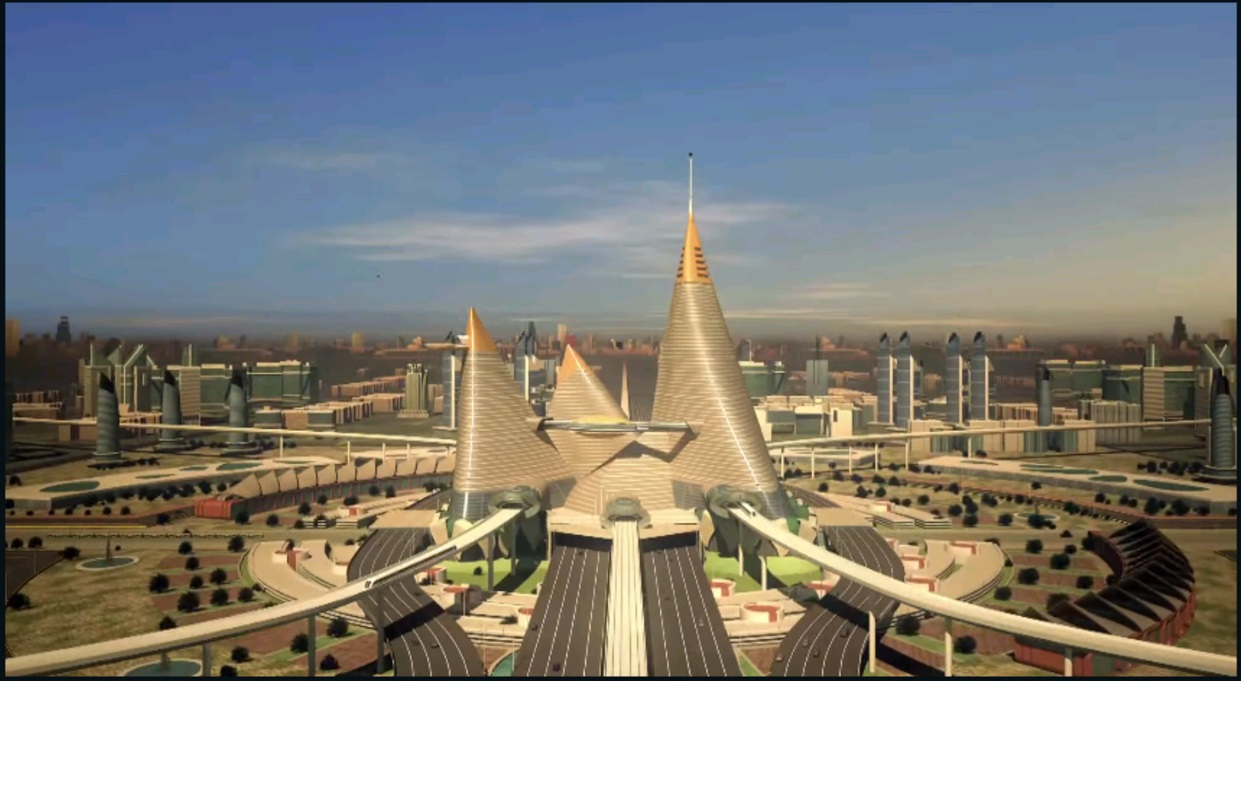
India is poised to become a hub of industrial innovation with the recent landmark decision by the Cabinet Committee on Economic Affairs, chaired by Prime Minister Narendra Modi. On Wednesday, the committee approved 12 new projects under the National Industrial Corridor Development Programme (NICDP), with an impressive estimated investment of USD 34.3 billion. This initiative is set to revolutionise India’s industrial landscape by creating a network of advanced industrial nodes and cities, significantly enhancing economic growth and global competitiveness.
The new industrial nodes will span across 10 states and be strategically situated along six major corridors. These locations include Khurpia in Uttarakhand, Zaheerabad in Telangana, Dighi in Maharashtra, Rajpura-Patiala in Punjab, Palakkad in Kerala, Agra and Prayagraj in Uttar Pradesh, Orvakal and Kopparthy in Andhra Pradesh, Gaya in Bihar, and Jodhpur-Pali in Rajasthan. This expansion represents a major advancement in India’s efforts to boost manufacturing capabilities and drive economic progress.
Designed to foster a dynamic industrial ecosystem, the NICDP will attract investments from both large-scale industries and Micro, Small, and Medium Enterprises (MSMEs). These new industrial cities will play a crucial role in achieving the government’s goal of USD 2 trillion in exports by 2030, aligning with the vision of a self-reliant and globally competitive India. The cities will be developed as greenfield smart cities with modern infrastructure, built “ahead of demand” using the ‘plug-n-play’ and ‘walk-to-work’ concepts to ensure efficient and sustainable operations.
In line with the PM GatiShakti National Master Plan, these projects will feature comprehensive multimodal connectivity, facilitating smooth movement of people, goods, and services. They are envisioned as growth centres that will transform entire regions, supporting the broader goal of a developed India, or ‘Viksit Bharat’. By providing ready-to-use land parcels, the NICDP aims to attract both domestic and international investors, reinforcing the goal of an ‘Atmanirbhar Bharat’ or self-reliant India, and fostering economic growth through increased industrial output and job creation.
The NICDP is expected to generate approximately 1 million direct jobs and up to 3 million indirect jobs, contributing significantly to regional socio-economic development. The projects are designed with a focus on sustainability, incorporating ICT-enabled utilities and green technologies to minimise environmental impact. By delivering high-quality, sustainable infrastructure, the government aims to create industrial cities that are both economic powerhouses and models of environmental responsibility.
With the approval of these 12 new industrial nodes, India is making a substantial leap toward becoming a global manufacturing leader. This strategic development emphasises integrated growth, sustainable infrastructure, and seamless connectivity, setting the stage for transformative economic progress. In addition to these new approvals, the NICDP has already seen the completion of four projects, with another four currently in progress, underscoring the government’s dedication to advancing India’s industrial sector and fostering a vibrant, inclusive economic environment.













